1. The Rise of Hip-Hop Activism
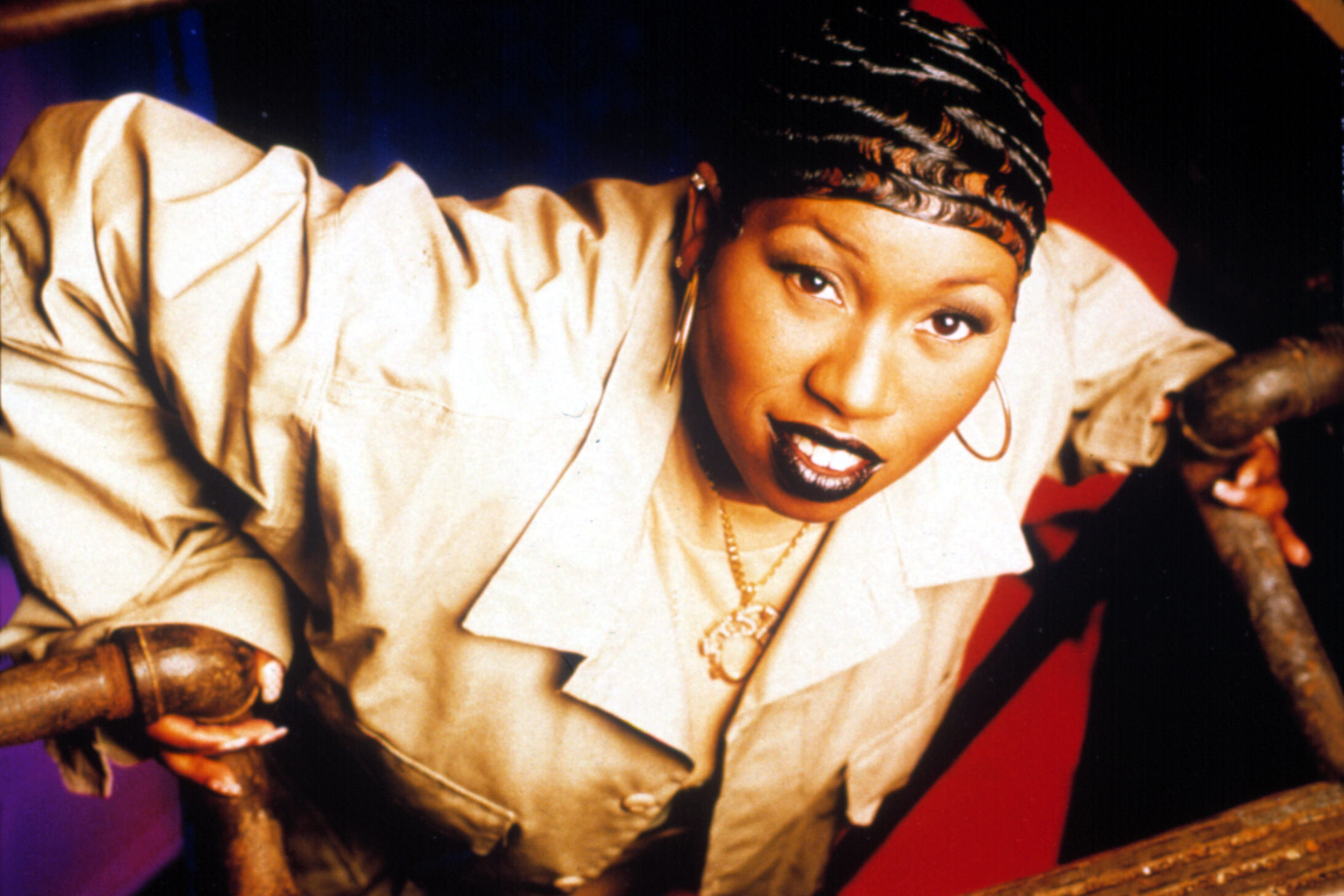
The ’90s marked a turning point for hip-hop, as the genre evolved from party anthems to a platform for activism. The artists of this era recognized their ability to speak to the streets, not just with beats, but with messages of empowerment. Groups like Public Enemy and solo acts like Tupac Shakur were vocal about the struggles they faced as Black Americans. They used their music to highlight systemic injustices, drawing attention to police brutality, poverty, and the marginalization of Black communities. These artists were more than entertainers; they were the modern-day griots, telling the stories of their people through every lyric. The mainstream success of these artists helped to solidify hip-hop as a global voice for resistance and change. Songs like “Fight the Power” became anthems of defiance, pushing listeners to challenge the status quo says AP News.
The influence of these artists reached beyond music, inspiring young people to take pride in their heritage and speak out against injustice. It wasn’t just about what was being said but how it was being said. Hip-hop became a tool of protest, with artists becoming symbols of a broader cultural movement. In many ways, the ’90s laid the foundation for hip-hop’s place as a permanent fixture in pop culture, its revolutionary messages continuing to resonate today. Through the music and the activism that came with it, the ’90s created a unique cultural space where Black voices could thrive. These figures didn’t just entertain—they changed the narrative surrounding Black identity. Their impact stretched into fashion, language, and lifestyle, influencing generations to come. Hip-hop was no longer seen as just music; it was a revolutionary force that shaped how Blackness was understood in mainstream culture explains PBS.
2. The Impact of the Million Man March

The Million Man March, organized by Minister Louis Farrakhan in 1995, was a watershed moment for Black America. It was an event that not only brought together over a million Black men but also united the country in a collective push for empowerment, unity, and self-determination. The march was a statement that Black men had the power to change their communities for the better. It wasn’t just a protest; it was a call to action, encouraging Black men to take responsibility for their families and communities. The energy of that day was palpable, as attendees came from every corner of the U.S. to stand together in solidarity. The march also called for greater political and economic power, urging Black men to vote and make their voices heard in public policy. It was a defining moment that demonstrated the strength of the Black community when united. While the event was mostly peaceful and rooted in positive messaging, it also had its share of controversy, particularly regarding Farrakhan’s leadership says Britannica.
However, the impact of the Million Man March was undeniable—it brought issues of racial pride and responsibility into the national conversation. It marked a new chapter in the Black Power movement, shifting focus to personal empowerment and social responsibility. The event inspired countless individuals to get involved in their communities and to make tangible changes. It also served as a platform for Black male identity, pushing back against the negative stereotypes that had long plagued the community. Through the march, a sense of pride in Black masculinity and culture was reinvigorated. The Million Man March showed that Black men could gather in the millions, not just to protest but to uplift and rebuild. Its legacy continues to influence movements today, such as the Black Lives Matter movement, which similarly emphasizes collective action and empowerment. The march was more than just a political statement; it was a cultural revolution that impacted both the Black community and the broader social landscape.
3. The Birth of the Black Panther Party’s Cultural Resurgence

While the original Black Panther Party was founded in the ’60s, the ’90s saw a cultural resurgence of its ideals and symbols. The influence of the Black Panthers was revived through the work of Black artists, filmmakers, and activists who saw their ideals as more relevant than ever. This resurgence was particularly evident in the entertainment industry, where films like Panther (1995) brought the legacy of the Black Panther Party to a new generation. The film’s portrayal of the Panthers as bold, fearless revolutionaries resonated with young people who were facing similar struggles of systemic racism. The symbolism of the Black Panther—the raised fist, the black berets—was reappropriated in a new context, linking the past to the present. Hip-hop artists like Dead Prez and groups like The Coup also incorporated Panther ideology into their music explains WTTW.
These artists used their platform to bring attention to issues like police brutality, Black power, and the need for self-defense in the face of systemic oppression. This cultural revival was not just about nostalgia; it was about carrying forward the lessons of the past to confront the challenges of the present. The Black Panther Party’s legacy was honored through street art, literature, and clothing, with Black youth proudly wearing T-shirts emblazoned with the iconic Panther logo. The resurgence also sparked a conversation about the role of Black militancy in the ’90s and the evolution of Black activism. The Black Panther Party’s emphasis on education, community organization, and self-defense resonated deeply with young activists who were seeking a more radical approach to solving societal issues. It was a time when Black people were looking for strong, unapologetic role models who weren’t afraid to stand up to authority. The ’90s saw the revival of Black radical thought, and the Panthers’ influence was felt in every corner of Black culture. The Black Panther legacy helped to shape the next generation of activists who would go on to form movements like Black Lives Matter. Its impact continues to echo in today’s fight for Black liberation and justice adds WBEZ Chicago.
4. The Emergence of Black Feminist Voices
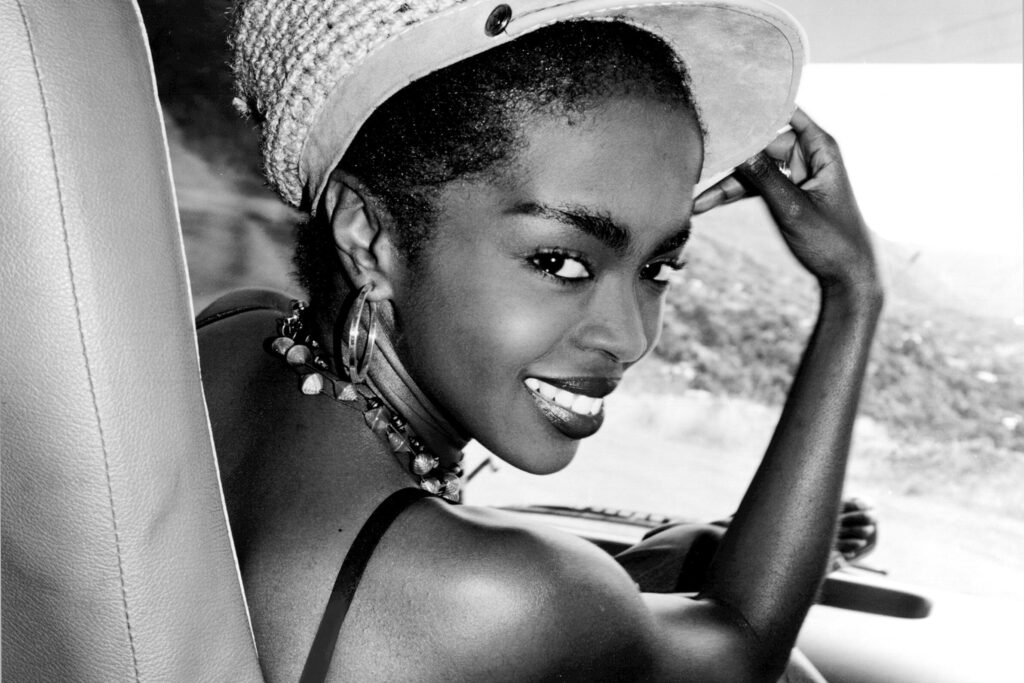
The ’90s saw the rise of Black feminism, a movement that was intersectional, unapologetic, and deeply political. Figures like Audre Lorde, bell hooks, and Angela Davis had been influential for decades, but the ’90s brought their ideas into the mainstream, largely due to the work of younger activists and scholars. The decade marked a time when Black women were making it clear that their experiences of oppression could not be separated into neat categories of race, gender, and class. Artists like Lauryn Hill and Queen Latifah gave voice to the struggles of Black women through music, films, and public activism. Hill’s album The Miseducation of Lauryn Hill became a cultural touchstone for young Black women navigating their identities in a society that often marginalized them. The 1990s also brought about the publication of powerful works like Sister Citizen by Melissa V. Harris-Perry, which examined the unique political experiences of Black women.
Black feminism became a framework for understanding the complexities of Black womanhood, emphasizing empowerment and self-love. This period also saw the rise of the Combahee River Collective’s writings, which further solidified the theory of interlocking oppression. Black feminists in the ’90s pushed back against both mainstream feminism and the patriarchal structures within their own communities. The work of these women was foundational in creating the current conversations around intersectionality, showing how Black women’s identities were shaped by multiple systems of oppression. Their activism, much of it rooted in the civil rights and Black Power movements, now found a new outlet in the art, music, and academic spaces of the ’90s. They were able to articulate their unique experiences while pushing for greater visibility and representation in mainstream media. The era’s cultural production, particularly through rap and hip-hop, allowed these feminist voices to gain traction. The work of Black feminists in the ’90s laid the groundwork for later movements like #MeToo and Time’s Up, showing the long-lasting impact of their intellectual and cultural labor.
5. The National Association of Black Journalists
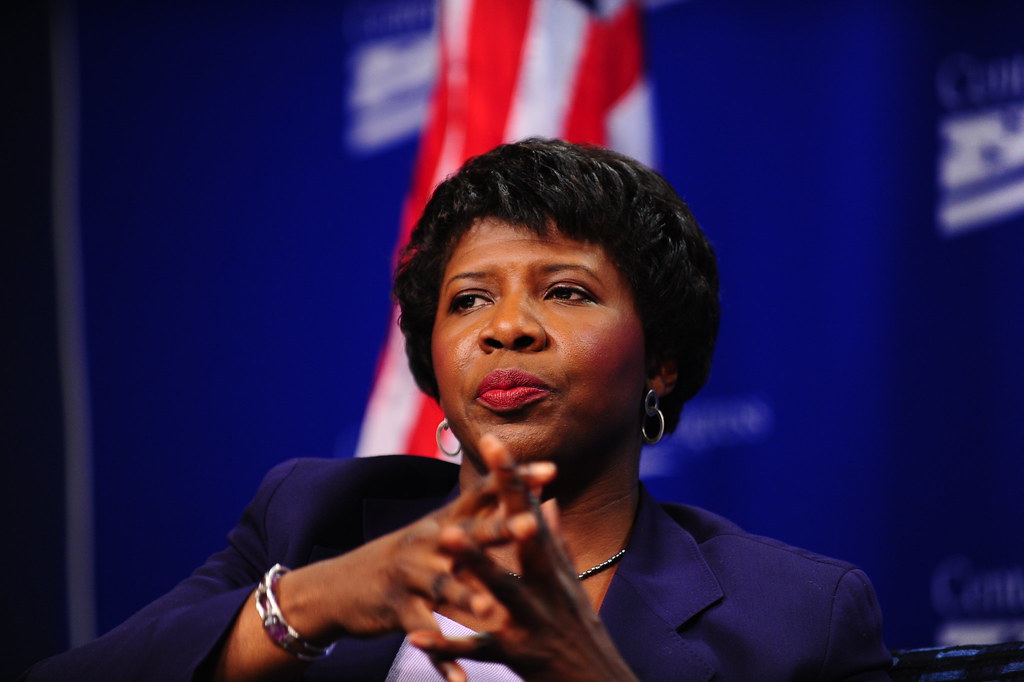
The National Association of Black Journalists (NABJ) became a major force in the ’90s, advocating for Black representation in mainstream media. The organization’s efforts to increase the number of Black journalists working at top-tier outlets helped reshape how Black people were portrayed in the media. NABJ’s push for greater diversity was particularly important in an era when Black representation was often limited to stereotypes or tokenism. Journalists like Gwen Ifill, Tavis Smiley, and Soledad O’Brien emerged as leading figures in television journalism, breaking barriers for future generations. NABJ not only advocated for more Black faces in media but also pushed for more nuanced, complex stories about the Black experience. The organization’s efforts led to a greater understanding of the issues facing Black communities, ranging from police brutality to economic inequality. NABJ helped ensure that Black voices were included in shaping the national conversation, challenging the traditional media landscape that had long excluded or misrepresented them.
The growth of the NABJ coincided with a period of major changes in the media industry, particularly with the rise of cable news and the Internet. As more media outlets began to cover issues like the Rodney King verdict and the O.J. Simpson trial, the NABJ’s advocacy became even more vital. The organization also served as a network for Black journalists, offering mentorship, support, and resources to help individuals succeed in a predominantly white industry. Through the NABJ, Black journalists gained the tools and confidence to push back against editorial practices that marginalized their communities. The influence of the organization went beyond just newsrooms; it had a broader cultural impact, as it helped foster a more inclusive media landscape. It was through the NABJ’s efforts that a more balanced representation of Black life began to emerge, laying the groundwork for the more inclusive media we see today. The ’90s were a pivotal decade for Black journalism, and the NABJ played a key role in ensuring that Black voices were heard, loud and clear.
6. The Influence of the Black Church in Activism
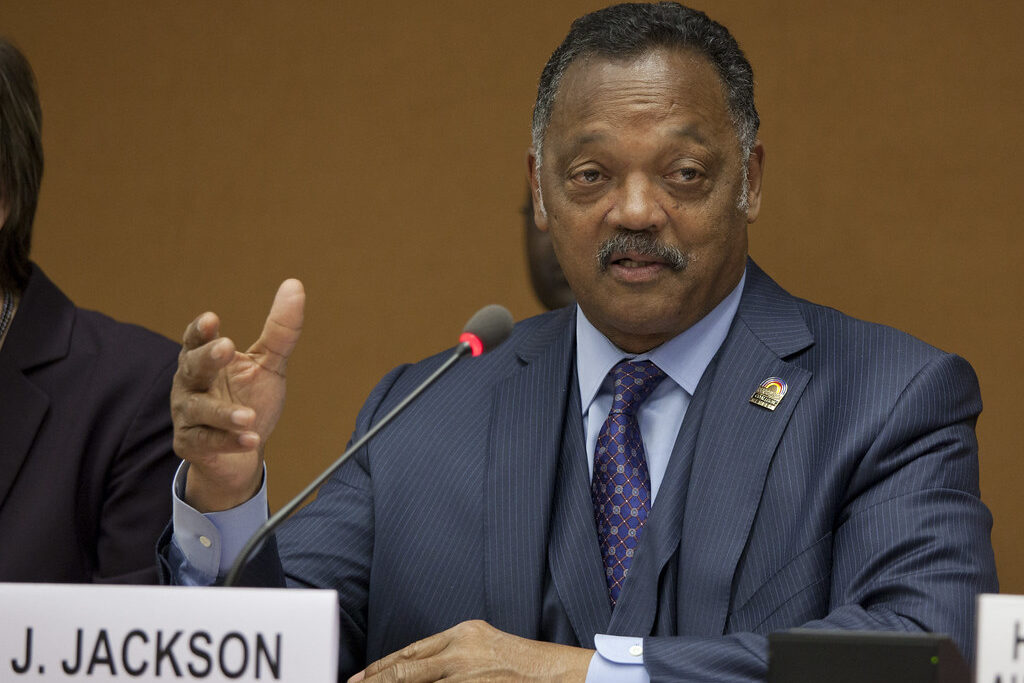
The Black church has long been a pillar of the community, but in the ’90s, it took on a new role as a center for social activism. The 1990s saw the rise of megachurches in the Black community, many of which combined spiritual teachings with social and political activism. Figures like Reverend Al Sharpton and Reverend Jesse Jackson used their pulpits not just for preaching but for organizing communities around key social issues. The church became a place where Black people could gather not only to pray but to discuss their rights, advocate for policy change, and confront systemic injustice. Pastors and church leaders became some of the leading voices in the fight for civil rights, particularly in addressing the needs of the urban poor.
The Black church of the ’90s also addressed the AIDS epidemic, which was disproportionately affecting Black communities, by raising awareness and providing support. Church organizations were crucial in organizing protests and rallies, such as the ones against police brutality following high-profile cases. The church also led efforts to register voters and get out the vote, playing a significant role in shaping political activism in Black communities. In many ways, the church became a space for political education, offering a moral framework for social justice. During this period, the church’s influence extended beyond just spiritual leadership, making it a powerful force for political and social change. Church leaders became mentors and role models, and their congregations acted as an army for change. The Black church’s involvement in activism in the ’90s reinforced its role as a cornerstone of the Black community, one that combined faith with action. These efforts were critical in creating the political energy that would fuel future movements like Black Lives Matter. Today, the church’s legacy of activism continues to shape the fight for racial justice in America.
7. The ‘Black Is Beautiful’ Movement and Its Cultural Rebirth
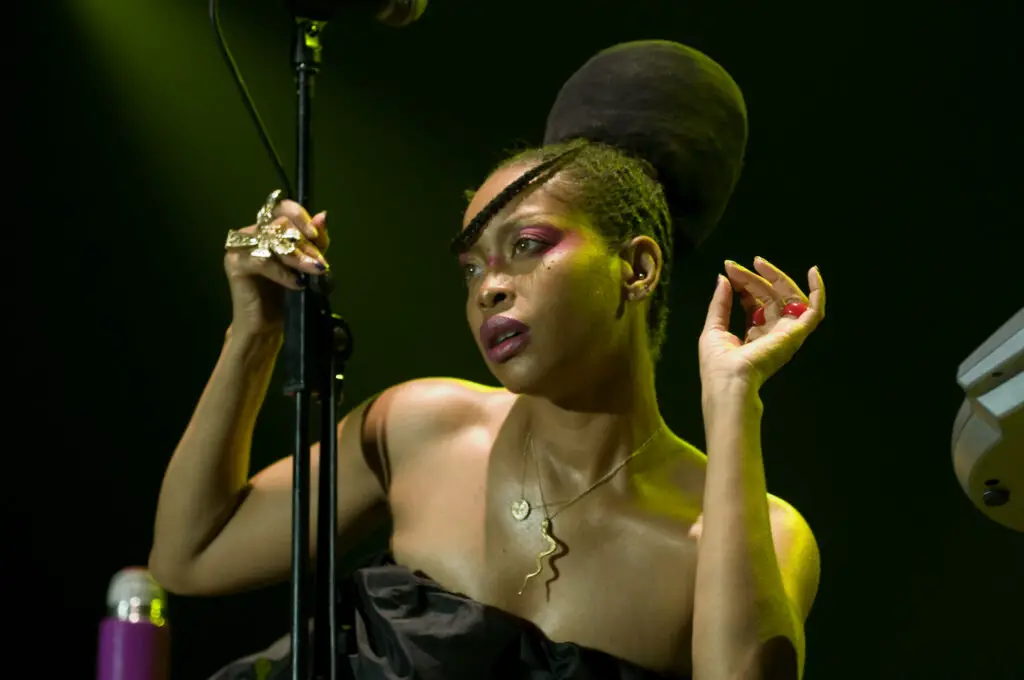
The ‘Black Is Beautiful’ movement, which began in the ’60s, found new life in the ’90s as Black people reclaimed their identity and beauty. The 1990s saw an explosion of Black fashion, beauty, and art that emphasized pride in African heritage and Black aesthetics. Popular culture embraced Afrocentricity, with artists, activists, and everyday people proudly sporting natural hair, African-inspired clothing, and bold, unapologetic styles. Celebrities like Erykah Badu and Mos Def became symbols of this Afrocentric aesthetic, bringing it to the forefront of mainstream culture. The ‘Black Is Beautiful’ movement wasn’t just about appearance; it was about affirming Black identity in a society that often sought to devalue it. This resurgence in Black pride can be seen in the rise of magazines like Essence, which celebrated Black beauty, culture, and style. The 1990s marked a cultural shift where Blackness was no longer something to be hidden or ashamed of.
Instead, it became a source of strength and pride, particularly in the face of racism and societal pressures to conform. Young Black people began to embrace their natural features, from their skin tones to their hair textures, rejecting the Eurocentric standards that had dominated mainstream beauty for so long. This period also saw the rise of fashion designers like Karl Kani and Cross Colours, who incorporated elements of Black culture into their clothing lines. The Afrocentric movement of the ’90s was also reflected in the resurgence of African art, literature, and music, all of which embraced Black identity in diverse, dynamic ways. The movement helped foster a generation that celebrated their heritage without apology, empowering them to take pride in their Blackness. It was also a cultural response to the dominance of whiteness in beauty standards and an effort to redefine what it meant to be beautiful in America. The ‘Black Is Beautiful’ movement of the ’90s was a statement that Black culture was not just something to be tolerated, but something to be celebrated. It changed the narrative surrounding Black beauty and identity, making it clear that Blackness was synonymous with power, pride, and strength.
8. The Role of Black Television Networks

In the ’90s, Black television networks like BET (Black Entertainment Television) and TV One played a vital role in shaping Black identity in pop culture. BET, in particular, became a platform for Black music, film, and television, offering an outlet for the stories and experiences of Black Americans that were often overlooked by mainstream networks. Shows like Teen Summit and Rap City provided young Black viewers with a sense of community and a space to discuss issues affecting their lives. BET’s focus on African American culture helped to legitimize Black voices in the entertainment industry, giving birth to a new era of Black TV programming. These networks offered Black artists and entertainers the chance to showcase their work to a broader audience, without the constraints of white-controlled media outlets. By the mid-’90s, networks like BET were at the forefront of Black culture, providing a space for Black viewers to see themselves reflected in ways that mainstream television often did not. Music videos, films, and television series became important vehicles for defining Black culture and sharing it with the world.
BET also featured content that spoke directly to the political and social issues facing Black Americans, with programs like Our Voices tackling serious topics such as police brutality, the criminal justice system, and Black empowerment. The ‘90s saw the rise of Black sitcoms and dramas, with shows like The Fresh Prince of Bel-Air and Living Single becoming household staples, offering both comedy and cultural representation. These networks gave Black creators the ability to tell stories that mattered to them, for the first time on a national platform. Through shows, music, and news programs, Black television networks fostered a sense of pride in Black identity and culture. These channels were instrumental in making the cultural contributions of Black Americans mainstream, proving that there was an eager audience for content that resonated with the African American experience. The expansion of Black-focused programming during this decade was a critical moment in pop culture history, one that set the stage for more diverse representation in the media landscape. As the decade came to a close, Black television networks had firmly established themselves as key players in shaping the narratives surrounding Black culture.
9. The Evolution of Black Fashion Icons

The ’90s were a defining decade for Black fashion, with icons emerging who became not just style figures but also cultural ambassadors. Designers like Dapper Dan, who blended high-end luxury with street style, were at the forefront of this movement, turning hip-hop culture into a global fashion statement. Dapper Dan’s designs, which often featured luxury logos like Gucci and Louis Vuitton reimagined with a street twist, became synonymous with the rise of luxury streetwear. Artists like Jay-Z, Tupac, and Biggie Smalls were integral in bringing Black fashion into the spotlight, with their bold, lavish styles influencing young people worldwide. These icons weren’t just setting trends—they were rewriting the rules of fashion. Their influence extended beyond clothing into hairstyles, with cornrows and afros gaining prominence in mainstream fashion and entertainment. The ’90s also saw the rise of Black models like Tyra Banks and Naomi Campbell, who broke barriers in a predominantly white industry, becoming some of the most recognizable faces in the world. Tyra Banks, in particular, made history as one of the first Black supermodels to have her own TV show, America’s Next Top Model.
On the streets, the fashion trends of the ’90s were heavily influenced by hip-hop culture, from oversized clothing to bold patterns, and even the rise of athleisure. The influence of Black fashion in the ’90s wasn’t just about looking good—it was about reclaiming control over cultural representation and the ways in which Black people were seen in the media. Celebrities like Janet Jackson, Aaliyah, and Missy Elliott used fashion to create distinct identities, blending Black culture with high fashion in ways that had never been done before. In doing so, they laid the groundwork for the continued fusion of high fashion and streetwear that is now commonplace in the fashion industry. The ‘90s were also a time when Black-owned fashion brands like FUBU and Cross Colours emerged, gaining national and international recognition. These brands weren’t just about making money; they were about making a statement, affirming that Black culture had the power to shape global fashion trends. The period laid the foundation for the current wave of Black designers who continue to influence both the fashion and entertainment industries today. The cultural impact of Black fashion in the ’90s can still be seen in today’s fashion landscape, where hip-hop influence, African-inspired designs, and bold statements are as relevant as ever.
10. The Defiant Voices in Black Literature
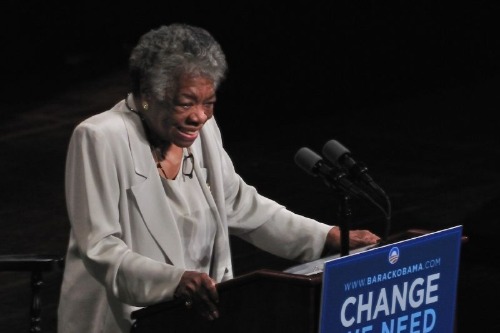
The ’90s were a transformative time for Black literature, as writers used their voices to challenge stereotypes, tell untold stories, and engage in critical dialogues about identity. Authors like Terry McMillan, whose novel Waiting to Exhale became a cultural phenomenon, brought the complexities of Black women’s lives into the mainstream. The ’90s were also a time when Black authors explored the intersections of race, class, and gender in more nuanced ways. Writers like Sapphire, author of Push (the novel adapted into the film Precious), challenged readers with raw, honest depictions of hardship and resilience. These authors not only captured the struggles but also the strength of their characters, creating rich narratives that transcended mere victimhood. The works of authors like McMillan and Sapphire inspired a new generation of readers, particularly young Black women, to embrace their identities. At the same time, poets like Maya Angelou and Amiri Baraka continued to influence the literary scene with their timeless works that addressed everything from civil rights to personal liberation.
The ’90s were a time when Black literature moved from the margins to the center, with books gaining critical acclaim and being studied in schools across the country. Writers like Richard Wright and James Baldwin were rediscovered by a new generation, their works becoming essential reading in understanding the Black experience in America. The success of novels like The Color Purple (which was adapted into both a film and a Broadway musical) showed that Black stories had universal appeal, paving the way for future generations of Black authors to share their own narratives. This period also saw the rise of African American speculative fiction, with authors like Octavia Butler blending science fiction with Black cultural experiences. Through fiction, poetry, and essays, Black writers of the ’90s crafted a powerful body of work that questioned the status quo and demanded that their stories be told. Their work remains an essential part of the literary canon, influencing both the literary world and the broader cultural conversation around race, identity, and justice. By the end of the decade, Black literature had firmly established its place in American literature, with a legacy that continues to shape the literary world today.
